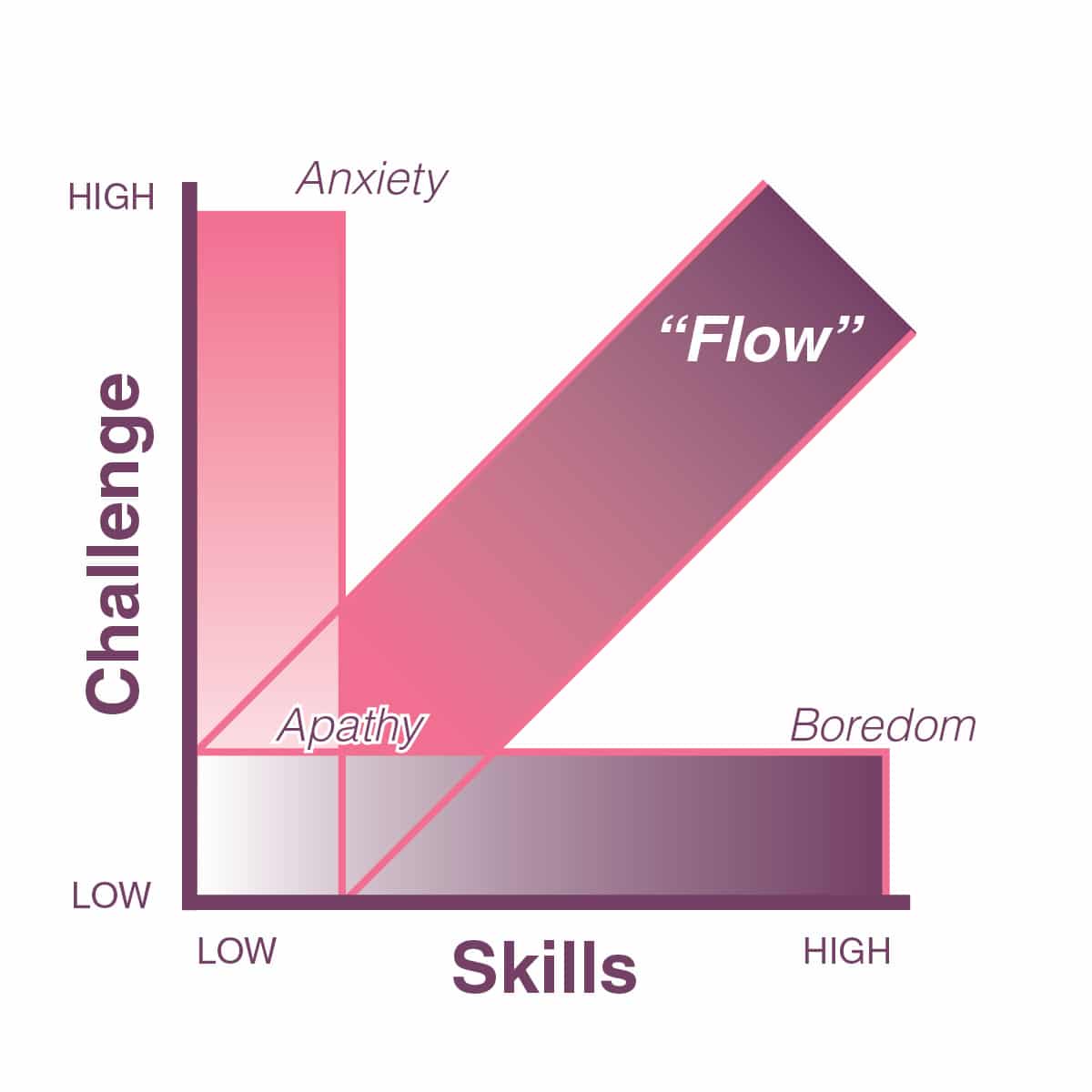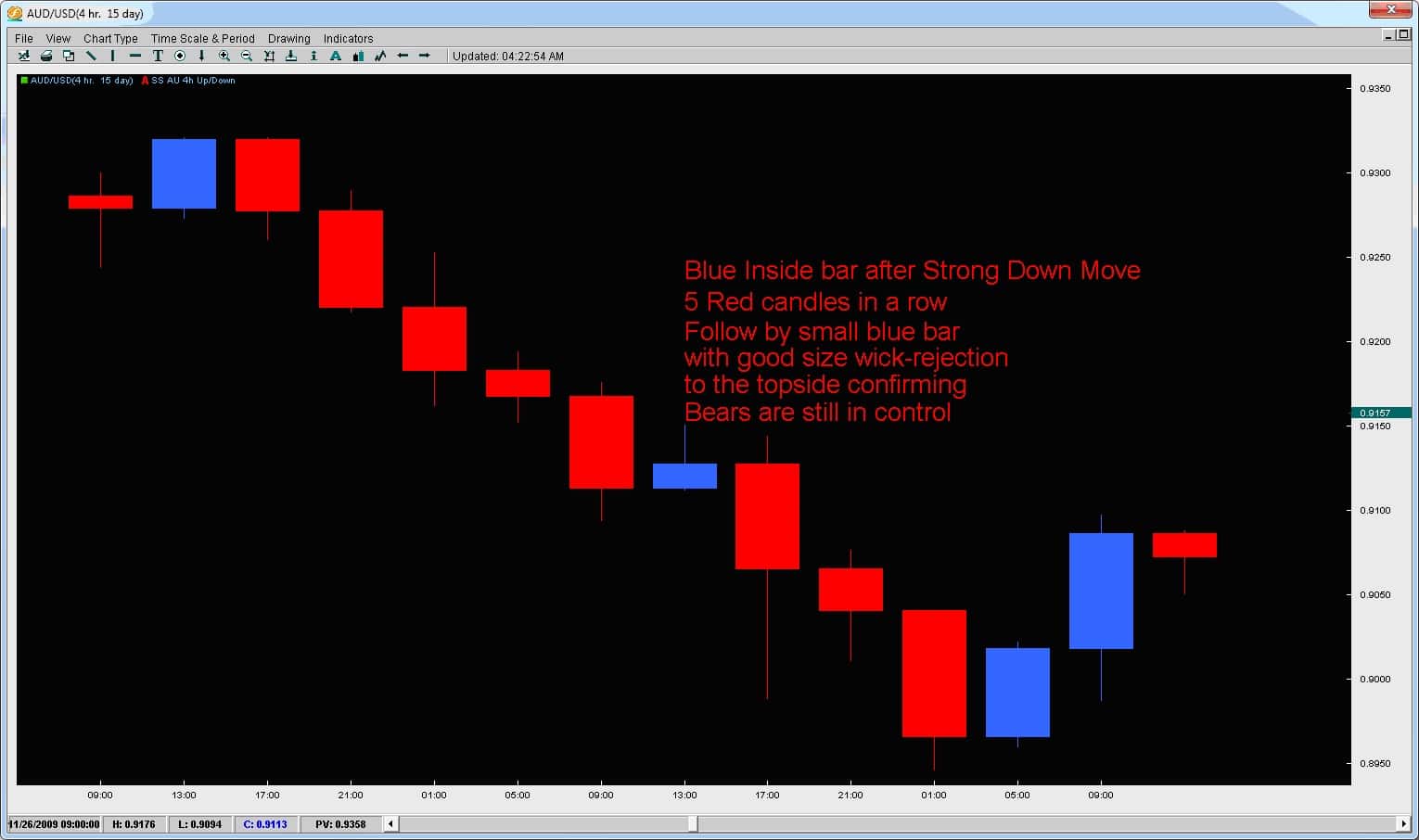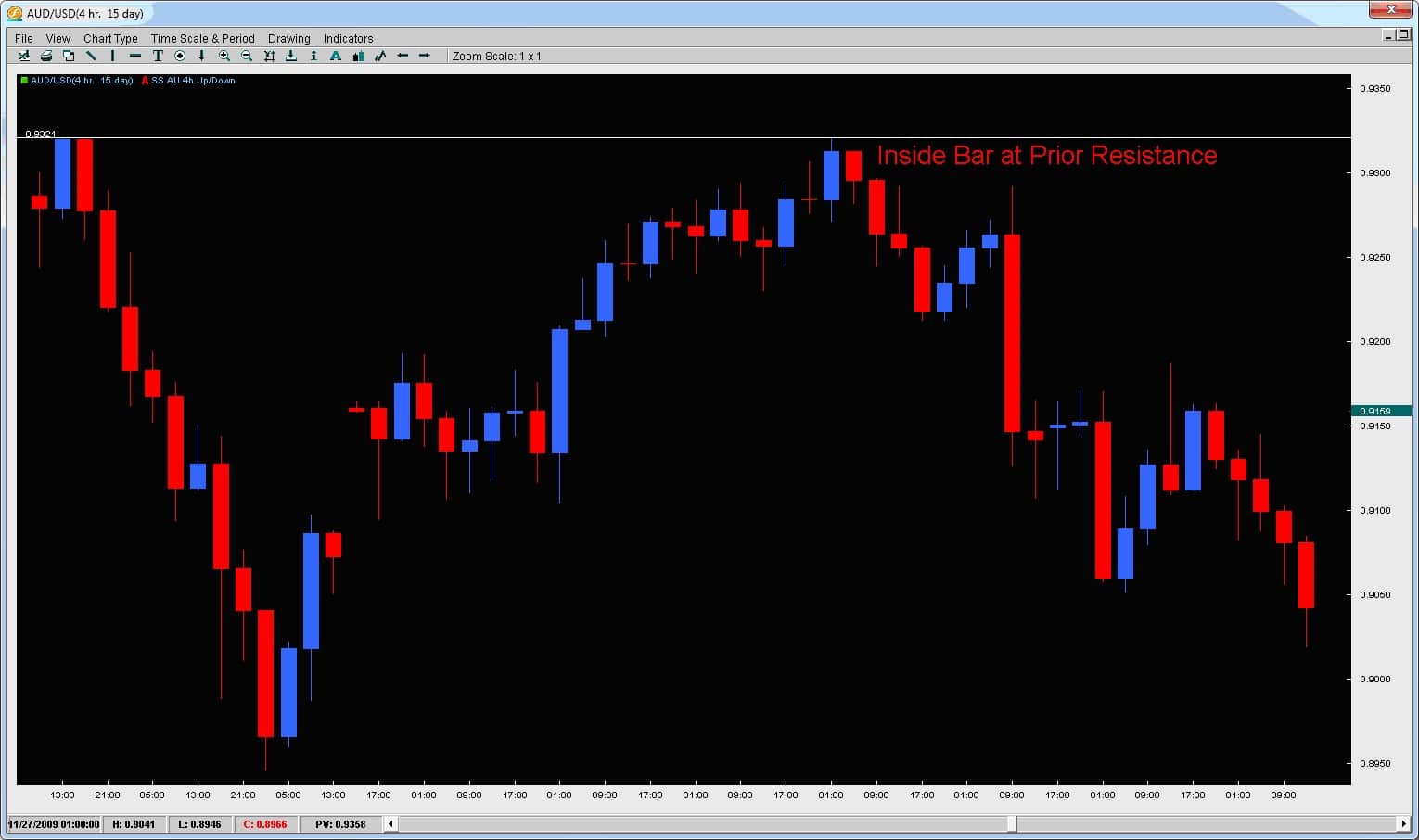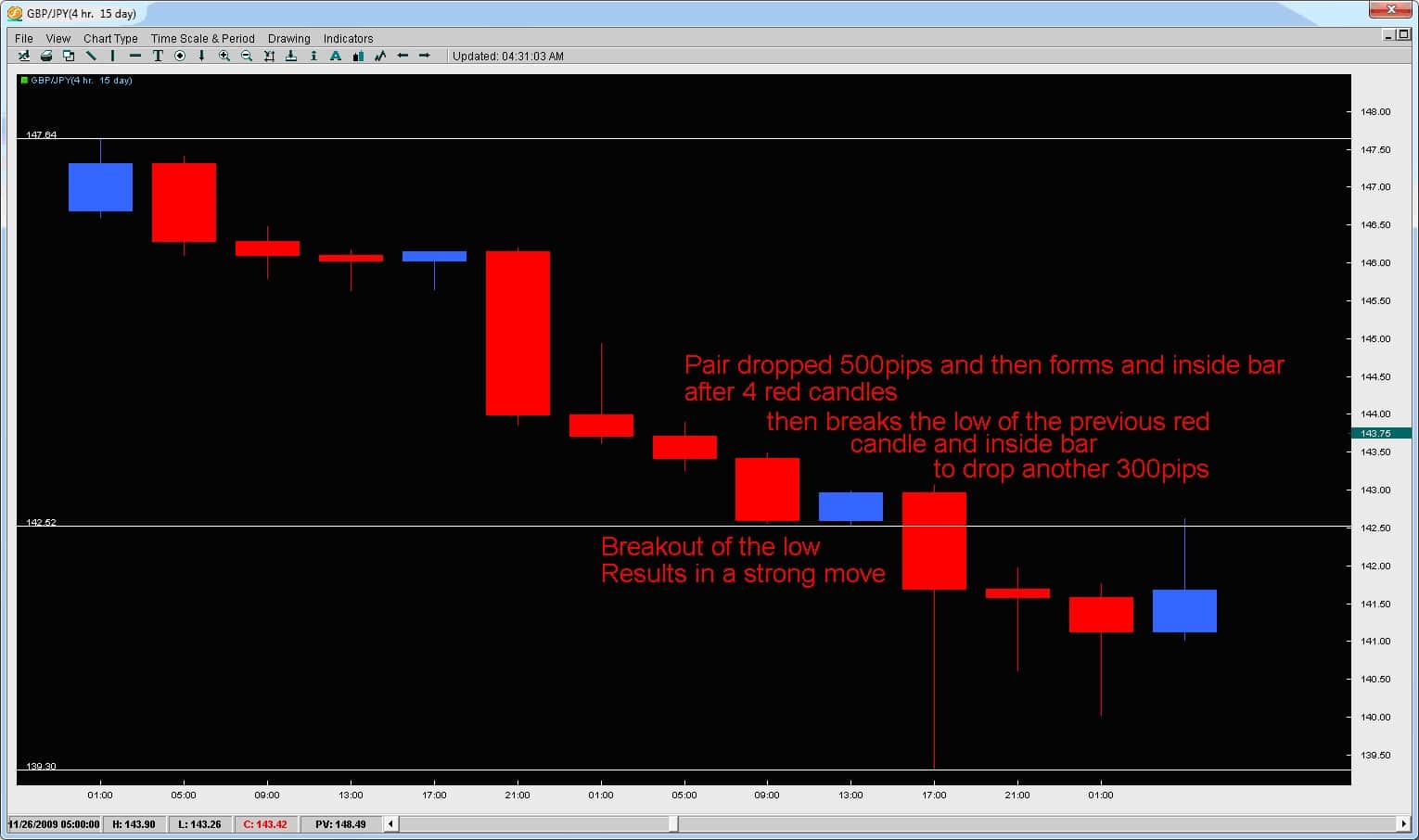There seems to be some fascination with newer/beginning traders to find this perfect setup, this small set of circumstances that give price action the appearance of a great trade opportunity. You’ve probably heard about these patterns and setups before, often referred to as Pin Bars, Engulfing Bars, Inside Bars, etc.
Beginning traders become hypnotized, thinking these price action patterns are all you need learn to trade the market, as if trading were a fashion contest, and your goal is to find the best dressed setup.
The problem is, this is a really confined view as these patterns are more often the result of order flow – not the cause of it.
A Means, Not the Reason
These price action setups discussed above, are a means to get into the market, not the reason why you should be. And it’s often the case, they are the secondary reason why you should be entering the market.
The reason why you should be getting into the market, is because your understanding of the price action & order flow in the overall market, gives you an over-weighted picture as to a clear direction in the market.
This direction could be for 20 minutes, hours, or even days. The amount of time it will likely maintain that direction is not important. That the price action gives you an over-weighted picture of the direction IS!
And when this happens, there is a trade opportunity. If that opportunity offers you a good mathematical reward/risk play, then you should be trading it – not because of some picture perfect setup.
Trading is Not A Fashion Contest
How many times have you seen a picture perfect setup that completely failed? I’m willing to bet dozens of times, and if you trade long enough, hundreds or thousands of times.
Why is that?
Because trading is not a fashion contest where you are looking for the best dressed setup. Because price action setups can and will fail, which should communicate to you – not to become fascinated with finding the perfect price action setup.
What it should mean, is you want to develop your ability to read the overall picture of the market, understand the order flow behind it, learn to read the impulsive and corrective price action. Then, look for an over-weighted scenario. Once you find it, check the math to see if it’s favorable. If so, then take the trade.
Missing High Quality Signals
If you are always on the hunt for the perfect setup or trade, you will likely be completely missing high quality signals passing by right in front of you.
The greatest mistake of higher time frame traders is they often do not take great trades that are right in front of them, because they are waiting for the ‘perfect‘ setup – one that will hit them over the head.
The problem is in passing up these trades, they are also passing up high quality signals that offer a mathematical edge and profits.
Ironically, the greatest fallacy of intraday traders is they will often take trades that are not there, or not of high quality. Although it may seem like the former is better than the latter, both are the same!
The higher time frame trader makes a lot less profit because they pass up really high quality signals, looking for their perfect match.
Meanwhile, the intraday trader while often having more profits, generally has slightly more losses, because they are taking trades that are not there. Their upside is higher for executing their edge more, but the extra losses pull them back.
Thus, when you really see this clearly, these are two sides of the same coin! The trick is to find the balance and wisdom of the two, not to stay on one side of it. This is the knot of trading you have to untie.
A Fantasy World
Spending your time looking for the perfect setup is living in a fantasy world. It’s like looking for the perfect partner – how many people have you really met that have one? How many people have you met thought they found one, & were completely wrong? Food for thought – but trading is not a fashion contest, and it’s not about looking for the perfect setup.
Same Setup – Different Result
There are many times several of my price action traders spot the same exact setup, yet end up with completely different results.
How could that be?
Because they managed the trade differently. One took profits a little early (but still ended up profitable), while the other caught a huge portion of the move.
Although it may seem like this one trade may not mean much – it means a lot if its repeated.
When trader A encounters a series of losses (and you will, regardless of your strategy), their downside will be more severe and they will take more time to recover. However when trader B encounters the same downside period, their recovering will be faster, because they padded on more alpha to their trading account. For them, it only takes a few large wins to erase a lot of losses.
Keep in mind, they both spotted the ‘perfect price action setup‘, yet they both had different levels of profits.
What was the difference? In how they managed the trade.
This should be communicating to you, what is far more important than finding the ‘perfect’ price action setup, is learning how to manage the trade. And this really comes down to three things;
1) Understanding Risk Management
2) Learning to Read Price Action In Real Time
3) Managing Your Emotions/Mental State
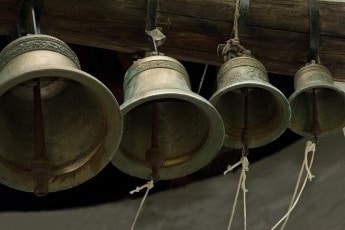
Perhaps you can find the perfect setup, but fail to do the three above, & your perfect setup is powerless to deliver consistent profits. Bells should be going off in your head now about what you should be spending your time studying. It’s not how to spot a pin bar, or engulfing bar, or some other magical bar. It’s about setups, price action and context.
These pin bars, engulfing bars, or any bars are easy to find, and take little mental effort. The learning process for this should be short.
But the learning process for the three things I listed above prior, should be never-ending.
I understand why many of you have made this mistake. There are these so called ‘authorities‘ and ‘masters‘ (notice self-labeled as no peer will call them that), who claim you only need 3 of these ‘setups’ to understand the market. That these great setups only occur on higher time frames, that intraday price action trading is to be loathed, that accuracy and profitability has a linear relationship with time frames.
Ah yes, and don’t forget the three golden setups – how convenient! As if a market with over a million participants, composed of retail & institutional traders, hedge funds, banks/brokers, pension funds, HFTs, intraday traders, swing traders, long term position traders, etc. are all subdued by these overlords of price action patterns.
High quality signals occur on every time frame, and there are profitable traders across the world trading on almost every time frame. Intraday price action trading is not to be loathed – that is just a personal feeling of some, while a ATM machine for others.
Who is right? Neither – thus don’t hate intraday trading because it doesn’t work for you. The greatest mistake a trader can do, is to think their world and thoughts about reality – ARE REALITY! As if your wisdom and insight is so brilliant, so total, so complete, that it has a monopoly on the truth about trading.
Does that sound reasonable to you? Or does it seem more likely there are many ways to trade successfully, and the best way is what’s comfortable for you.
Just remember, what may be comfortable for you, may not be for another, and neither one individually is reality by itself.
Heed the wisdom of Obi-Wan Kenobi who once said, ‘Only a Sith sees in absolutes‘. Don’t be the Sith in trading, or follow a Sith.
Find wisdom in things, then find what is most comfortable for you, while constantly challenging yourself to take things to the next level. Rarely ever where you start this journey (both in trading and in life) is where you end up. Thus remember, trading is not a fashion contest, but it is about managing risk, your mental state, and learning how to read and trade price action in real time.







